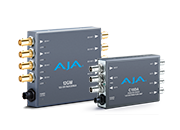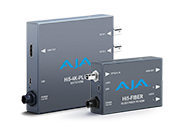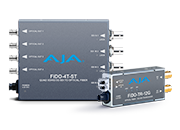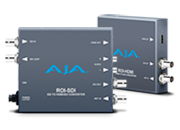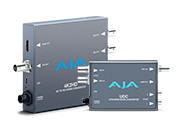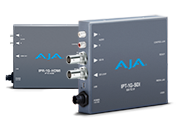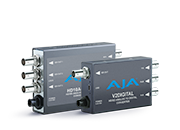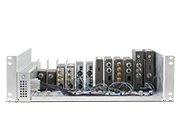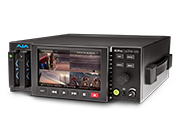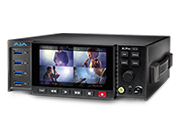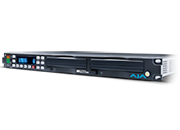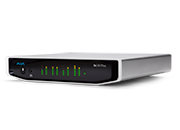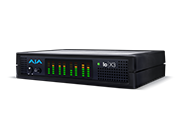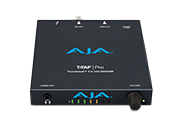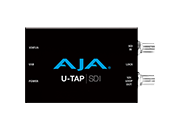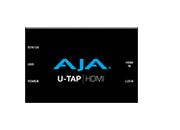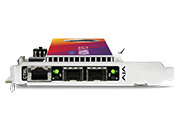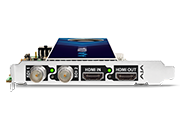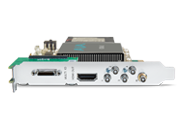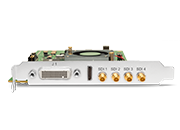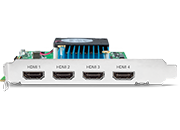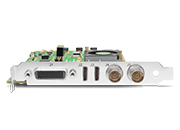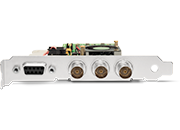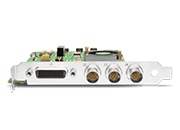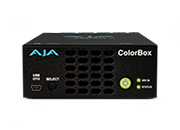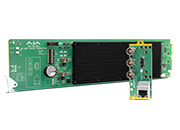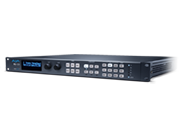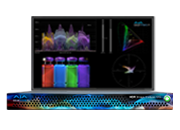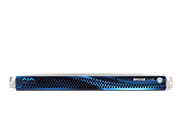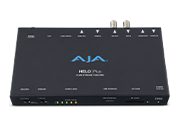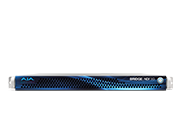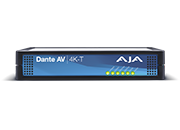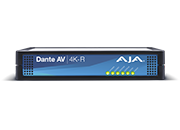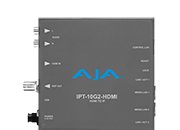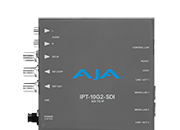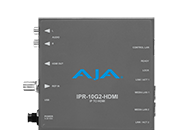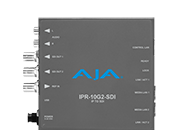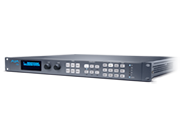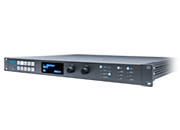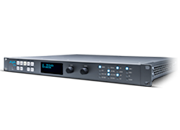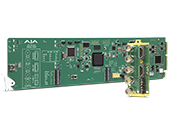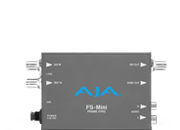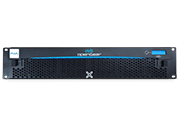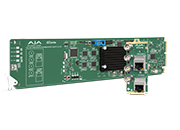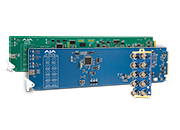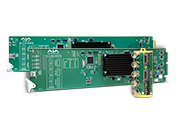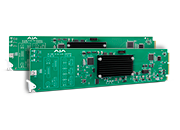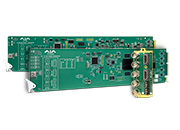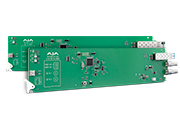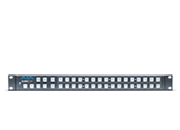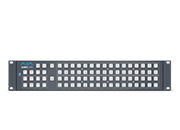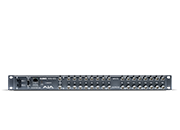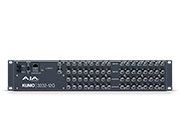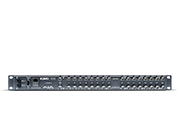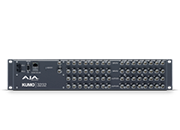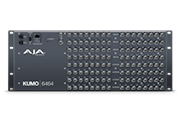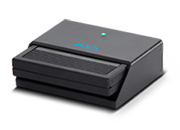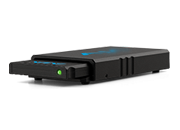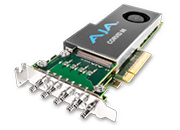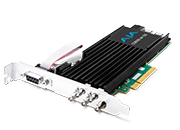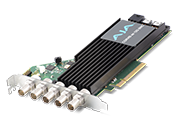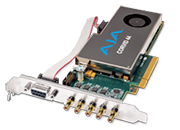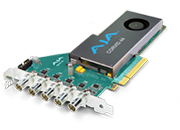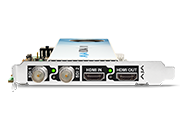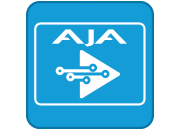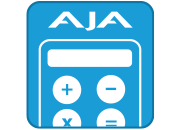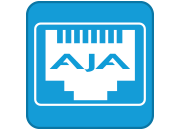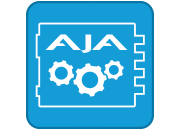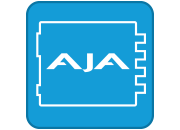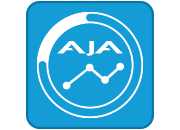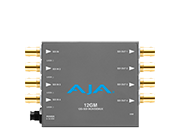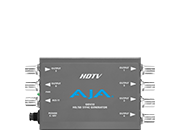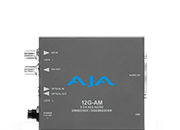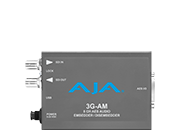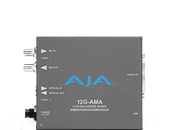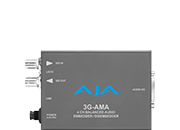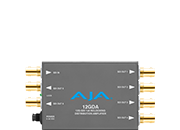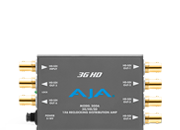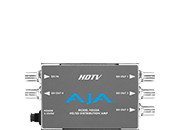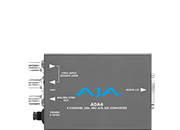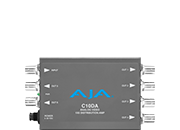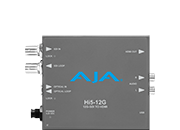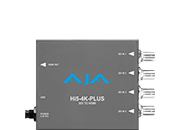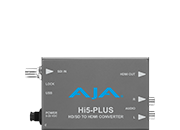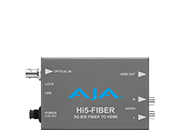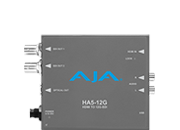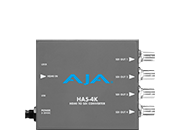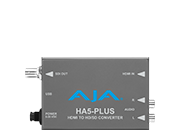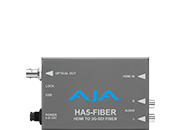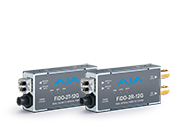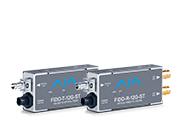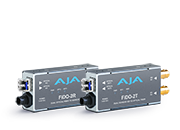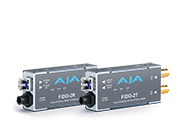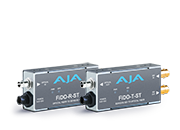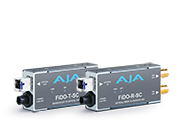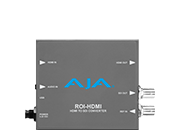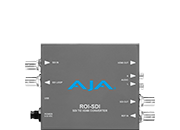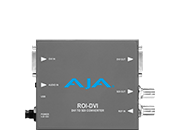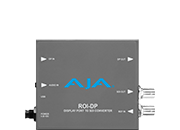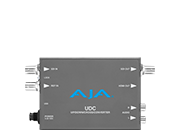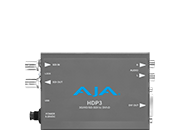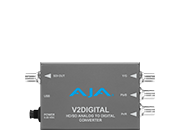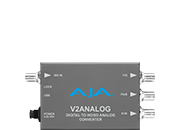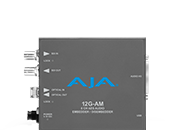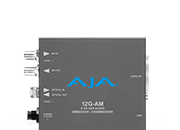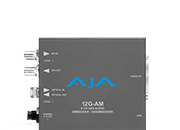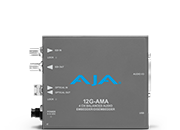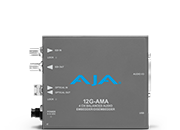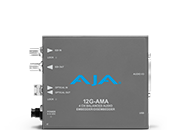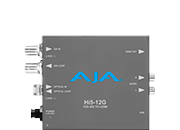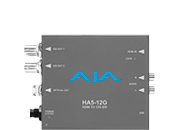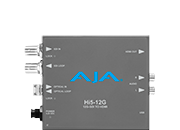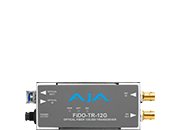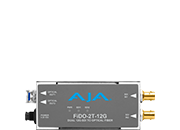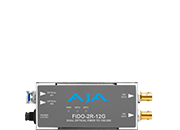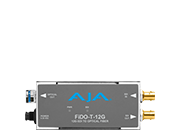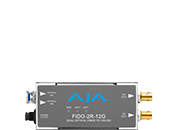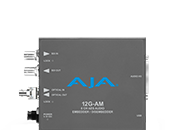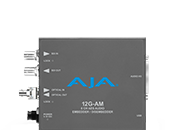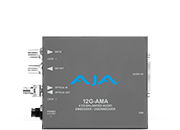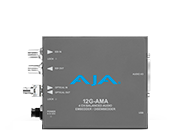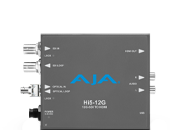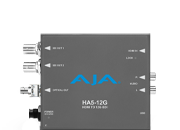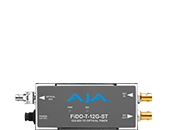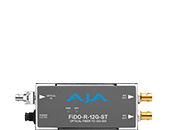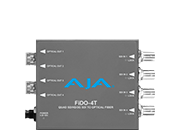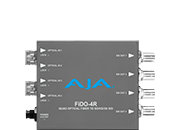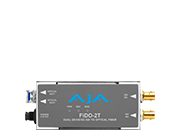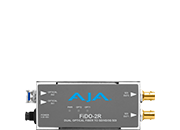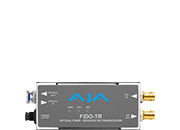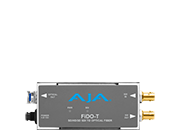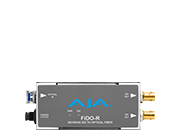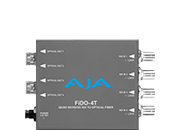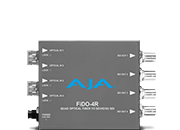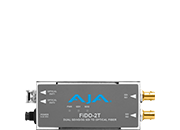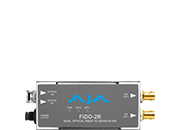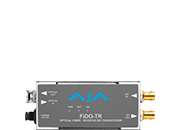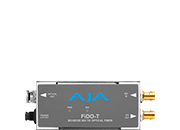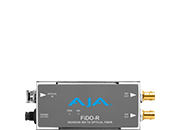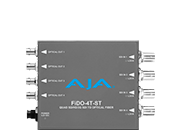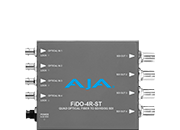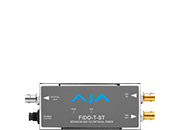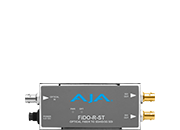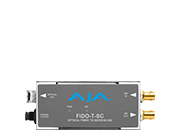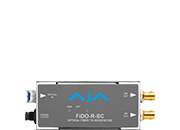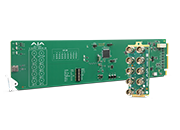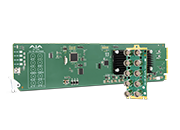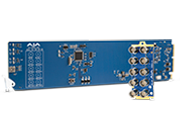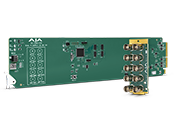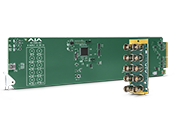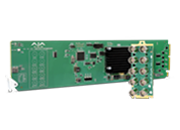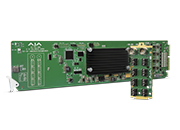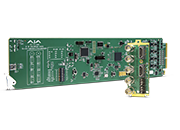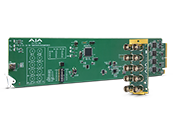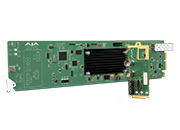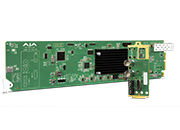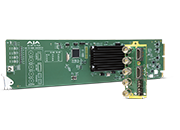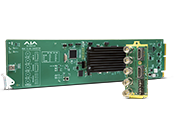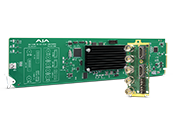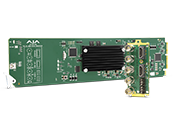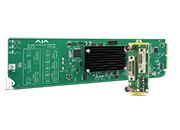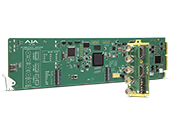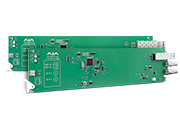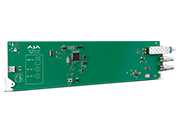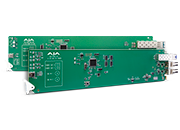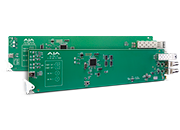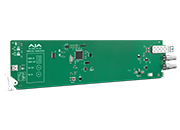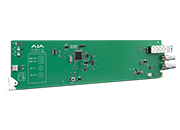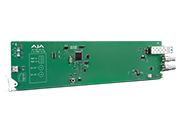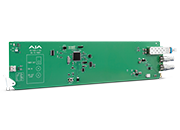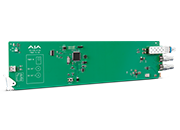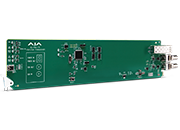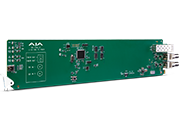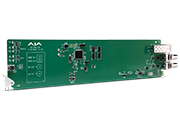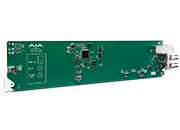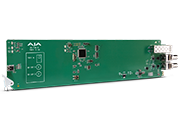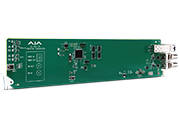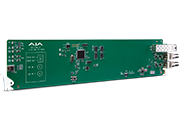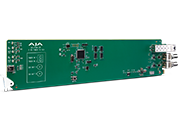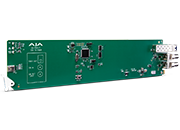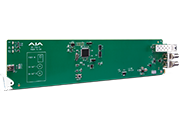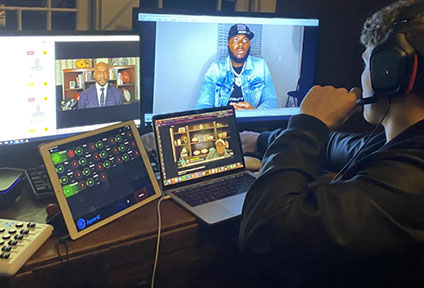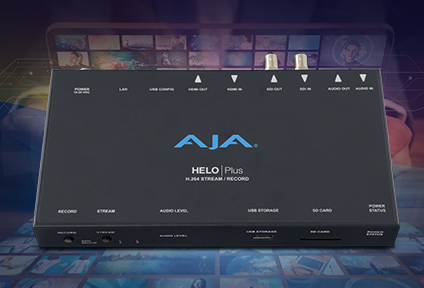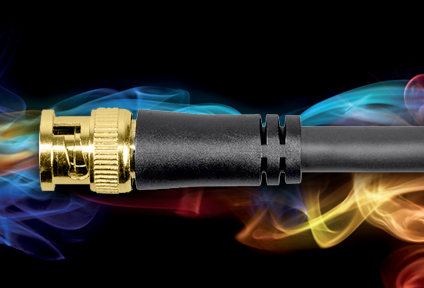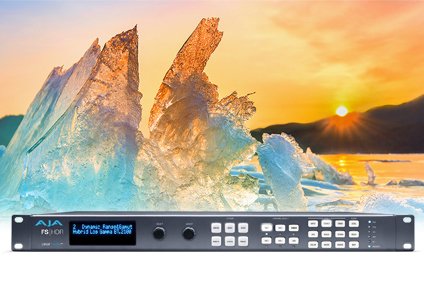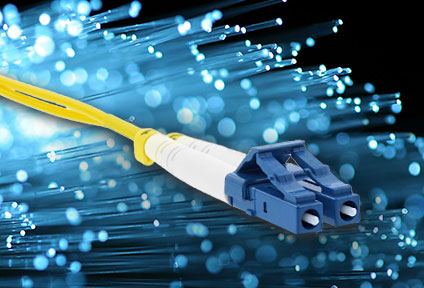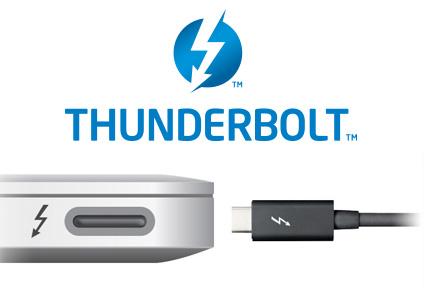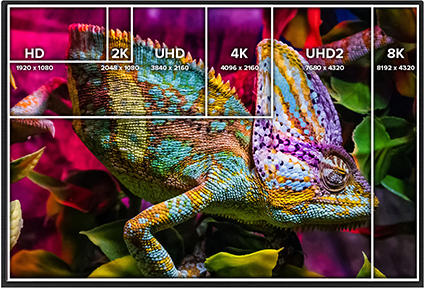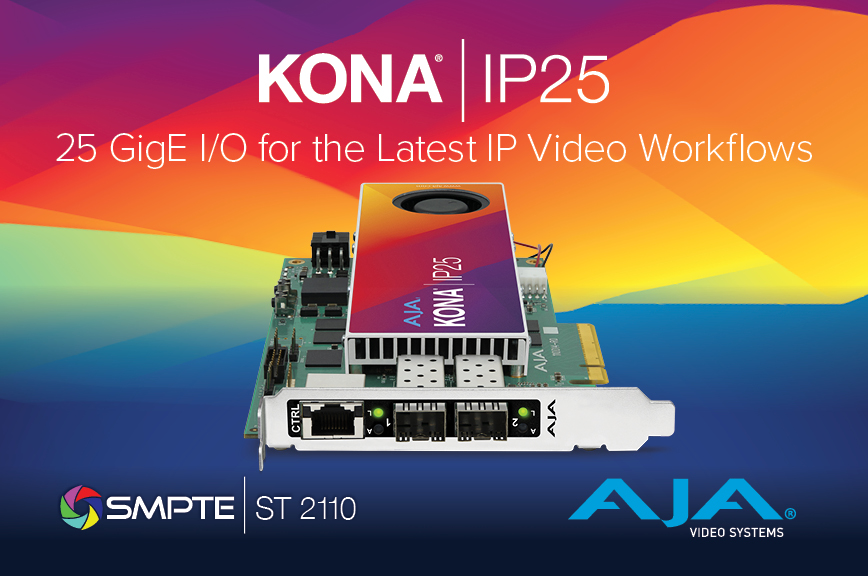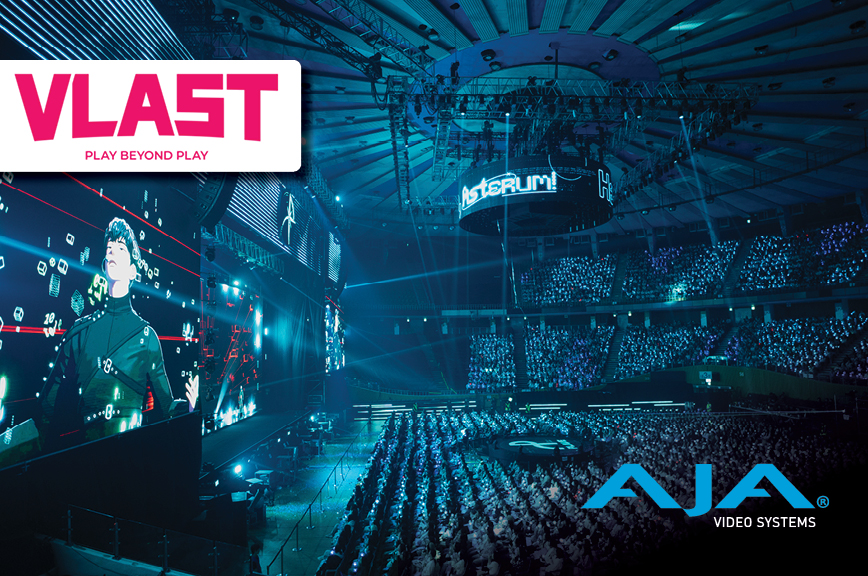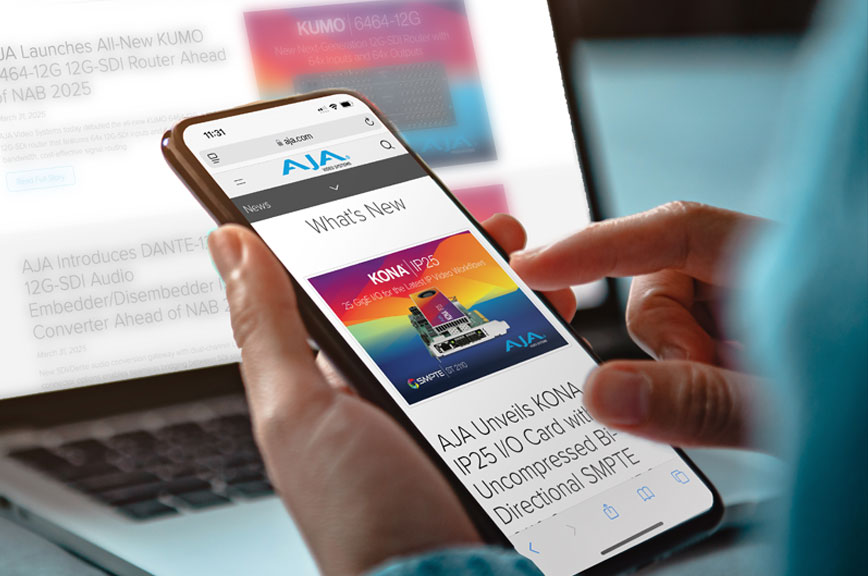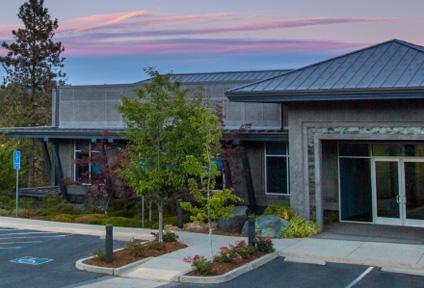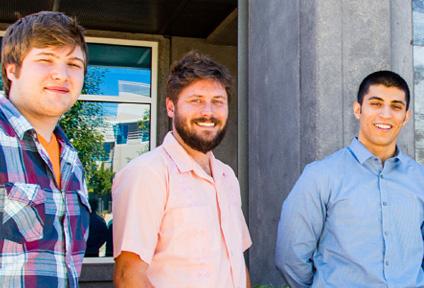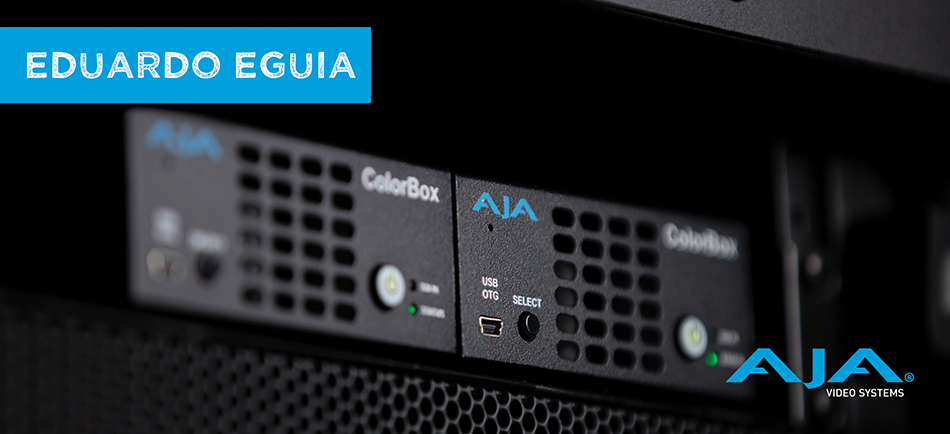A Casual Conversation with DIT Eduardo Eguia
June 16, 2023
Like most digital imaging technicians (DITs), Eduardo Eguia works long hours, with projects across film and episodic running in close succession. Yet, his love of the creative process runs deep. His passion for the craft shines through in conversations about his work, including a recent interview with the AJA team. Eduardo took time out of his busy schedule to chat about his work on popular franchises, including a major intergalactic spinoff series, which recently wrapped up production in an LED volume. We can’t specify the project but continue reading to learn more about his unique on-set approach to color management in HD and 4K.
How did you get into the entertainment industry?
I started in TV production, doing various production and post roles and was also involved in color correction for documentaries. When the transition from film to digital came about I was a Video Assist, at which point I leaned into DIT work. I found I could easily apply my previous knowledge and experience to new digital cameras.
What do you enjoy most about being a DIT?
I thrive on the creative process, being able to work with DPs (Director of Photography) to carry out their vision and all the elements that follow – from dailies to final color correction. Seeing all the colors we created on-set translate to the final product makes me happy and validates our work.
Describe the challenges that accompany the role.
My job is multifold, so I always need a plan for executing the DP’s vision. Part of the challenge is knowing as much as possible about all the emerging technologies, equipment, workflows, etc. Keeping up with color management standards is also very important, including the Academy Color Encoding System (ACES), an industry standard for managing color across the production life cycle; we recently used it on an episodic series. I also collaborate closely with post, so I can ensure that what we do on-set translates to how the dailies look, with the proper input transforms so that their team can read them, and my color decision lists (CDLs) align when they plug them in.
What does a typical on-set workflow look like for you?
Lately, I’ve been working mostly with ARRI cameras, monitoring in LogC, and recording ARRIRAW. The LogC output is the source for my DIT cart, where it’s processed using Pomfort Livegrade Pro software. There, the signal is translated into ACES so that I can do the color correction in this mode. After color correction, I apply the show LUT (ACES-based) to bring the video signal to Rec. 709 for monitoring and distributing it across the set.
All my color correction is saved in CDLs, then sent to post alongside the camera media for dailies creation. Our Dailies Colorist Jon Rocke (from Fotokem) is very talented, and we have collaborated for the last four seasons. He gets our CDLs to recreate what we produced on set and applies his final touch to make it look uniform throughout the show.
We typically do this in HD, but there’s a 4K element when we are working in the LED Volume. To get the best composition between the virtual world rendered on the screens and the real world with humans, props, and art department elements, we monitor the video from the ARRI Cameras in 4K on a critical monitor (SonyX300 4K OLED monitor), applying the same color correction as the HD feed. For this process, we rely on two AJA ColorBox devices (for two cameras) controlled by Livegrade Pro for simultaneous color correction.

On previous seasons, we used a standard LUT box, but it proved unstable, and we experienced several issues. Then, we found ColorBox, which has been a game changer. Livegrade Pro seamlessly handles the devices with the same color correction we’re watching on OLED monitors, and everything matches perfectly. We can see more detail in the picture and know exactly what we were getting out of the cameras. ColorBox is a steady workhorse and gives us additional functionality to work smarter on-set.
Why did you use separate HD and 4K DIT carts on set?
LED volumes are unique from traditional production environments and, thus, require a different approach. There’s a virtual production team in charge of the 3D world rendered on the screens to extend the film set and blend it with the practical, on-set elements.
In collaboration with Stephen Fouasnon, ILM’s virtual production stage technician, we designed a video workflow that served the traditional video monitoring as well as the virtual production. In this case, outputting both HD and 4K signals is advantageous. We feed the HD signal to my first cart wirelessly, and it’s processed, then we create the desired look. Separately and using the additional output from the camera in 6G, we send an SDI wire to a second cart that processes the 4K signal. In this cart, we routed this signal to the AJA ColorBoxes. I run an ethernet cable between carts so that I can control the ColorBoxes from the HD cart. Essentially, Livegrade Pro controls both boxes, one locally and one through ethernet, so whatever colors I apply go to both places at the same time. It allows us to see the same color correction in HD and 4K simultaneously. I prefer having two carts to support both HD and 4K to avoid cable clutter and reduce processing.
Across projects, are you seeing more 4K on-set?
HD workflows are still the norm in traditional production because they allow you to be more mobile. With LED volumes, screens are fixed, so mobility isn’t a priority, and using 4K pays off because you can really see the details that the camera is getting.
Describe your experience working with ColorBox on-set.
ColorBox is really reliable, and the way it handles color is fantastic. I also love that it allows us to toggle between Log and color correction with a single button, which makes it easier to catch issues you might not see in color correction, especially in dark environments. The fact that we can also control the boxes remotely via the web browser-based interface and the information it provides is invaluable. There are times that I’m not near the 4K cart, but I need to ensure we’re getting the right signal. With the ColorBox interface, I can see we’re sending the right color correction to each camera, monitor it, and know we have the right time code. Sometimes we’ll get still charts, and using the ColorBox’s 16-bit Frame Store, we’re able to send them to the monitors for matching. We’ve had such a great experience using the ColorBoxes for 4K work that I’m also looking at integrating them into my HD cart.
What advice would you offer to aspiring DITs?
Learn about the technology coming down the pipe and prepare accordingly. Talk with your peers about emerging technologies and workflow trends, and share information that will ultimately help out others in the community.
About AJA ColorBox
AJA ColorBox is a powerful video processing device designed to perform LUT-based color transformations and offers advanced-level color science with AJA Color Pipeline, as well as several look management approaches including Colorfront, ORION-CONVERT, BBC, and NBCU LUTs. Featuring 12G-SDI in/out and HDMI 2.0 out, AJA ColorBox is capable of up to 4K/UltraHD 60p 10-bit YCbCr 4:2:2 and 30p 12-bit RGB 4:4:4 output, perfect for live production, on-set production, and post-production work. ColorBox's browser-based user interface makes it simple to adjust color processing settings, whether connecting directly via Ethernet or via a third-party WiFi adapter.
About AJA Video Systems
Since 1993, AJA Video Systems has been a leading manufacturer of video interface technologies, converters, digital video recording solutions and professional cameras, bringing high quality, cost effective products to the professional broadcast, video and post production markets. AJA products are designed and manufactured at our facilities in Grass Valley, California, and sold through an extensive sales channel of resellers and systems integrators around the world. For further information, please see our website at www.aja.com.
All trademarks and copyrights are property of their respective owners.
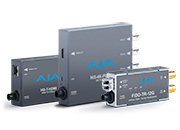 Mini-Converters
Mini-Converters
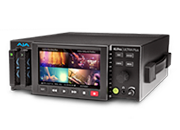 Digital Recorders
Digital Recorders
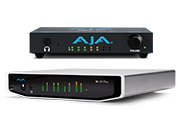 Mobile I/O
Mobile I/O
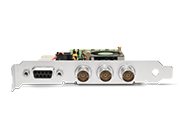 Desktop I/O
Desktop I/O
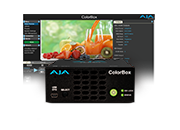 Color
Color
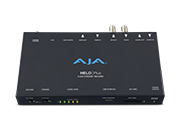 Streaming
Streaming
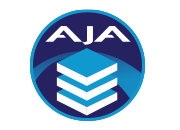 AJA Diskover ME
AJA Diskover ME
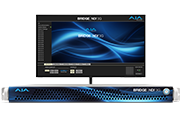 IP Video
IP Video
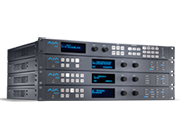 Frame Sync
Frame Sync
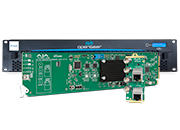 openGear
openGear
 Routers
Routers
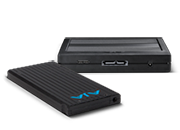 Recording Media
Recording Media
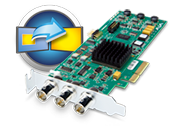 Developer
Developer
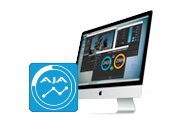 Software
Software
